The 10 Coolest Wearables Of 2017 (So Far)

New World of Wearables
Wearables are shifting focus as major platforms like WatchOS and Android Wear pivot toward fitness and health applications, according to research firm IDC.
Consumers have seen this over the past six months as the top wearable vendors, including Samsung, Omron and Fitbit, released new fitness products at CES and Mobile World Congress.
"Like any technology market, the wearables market is changing," said Ramon Llamas, research manager at IDC's Wearables division, in a statement. "Basic wearables started out as single-purpose devices tracking footsteps and are morphing into multipurpose wearable devices, fusing together multiple health and fitness capabilities and smartphone notifications."
Here are 10 of the coolest wearables in 2017 so far.
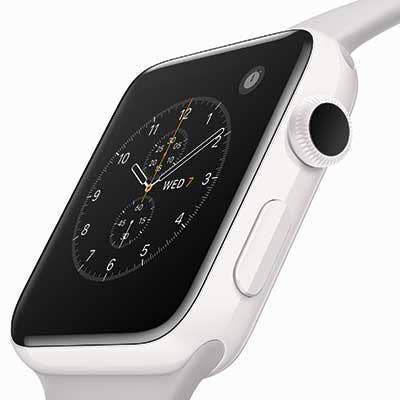
Apple Watch Series 2
Apple's newest generation of its Watch Series 2, released in September 2016, has built-in GPS, water resistance of up to 50 meters, and a display that the company said is two times brighter than its previous generation.
The Series 2 is designed for health and fitness with a heart-rate sensor, third-party health apps and activity tracking features. The Apple Watch Series 2 is available starting at $369.
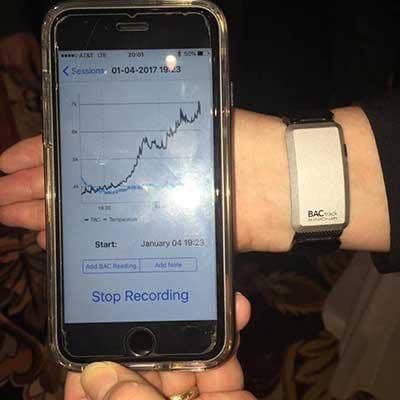
BACTrack Mobile
BACtrack wants to help consumers keep their alcohol intake in mind with a new wearable device. With BACtrack's wearable, first launched at CES, users can monitor their alcohol intake right from their wrist. This smartphone breathalyzer connects to user smartphones through Bluetooth, enabling them to easily estimate their alcohol level and drink responsibly. BACtrack is currently available for $99, according to the San Francisco-based company.
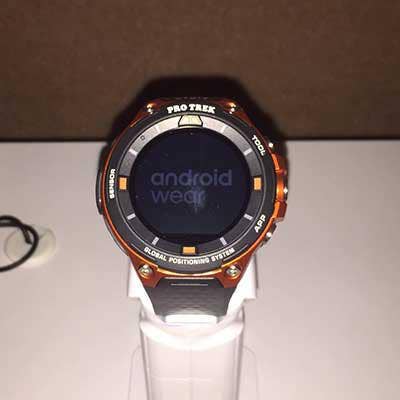
Casio WSD-F20 Smartwatch
Tokyo-based Casio revealed its newest rugged watch, the Casio WSD-F20, at this year's CES. The smartwatch is also built for outdoor enthusiasts -- with a MIL-STD-801G rating for protection and waterproof capabilities of up to 50 meters. The Android Wear-powered WSD-F20, which is available for $499, also contains a low-power GPS sensor, as well as support for color maps, and can operate both online and offline.
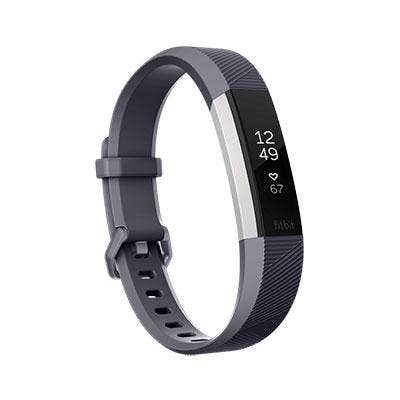
Fitbit Alta HR
Fitbit in March unveiled the availability of its new Alta HR, a wearable that touts features like continuous heart-rate tracking, sleep tracking and exercise recognition. Fitbit also added new software features to its latest wearable, including Sleep Stages and Sleep Insights to help consumers better understand their sleeping habits. Fitbit Alta HR, which the company said has a battery life of up to 10 days, is available for $149 with a classic band.
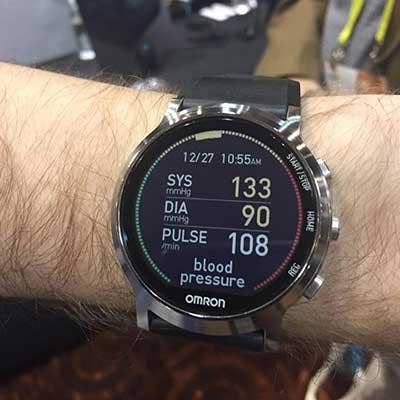
Omron Project Zero 2.0
Japan-based Omron showcased its next-generation prototype wearable, Project Zero 2.0, at CES this year. Project Zero 2.0 is an ultra-compact wearable wrist device that measures blood pressure and tracks health data like sleep patterns. This wearable is essentially a wrist blood pressure monitor that connects to a complementary Omron app so users can track and share vital data with their health-care providers. Omron Project Zero 2.0 is still in its prototype stage, and its final specs and pricing will be released once FDA clearance has been received.
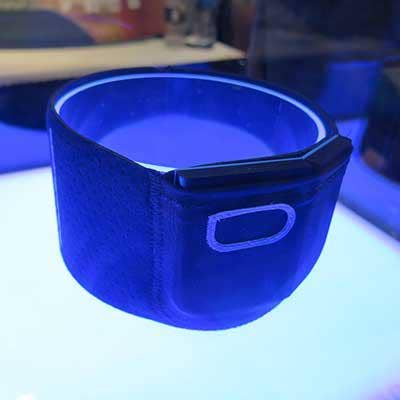
Quell
Quell, first launched at CES this year, is a wearable device that helps those who suffer from chronic pain by using electrical stimulation to trigger a response in the brain, ultimately blocking pain signals. The device, worn on the upper calf, is ultimately five times more powerful than other over-the-counter pain relief devices, according to its developer, Waltham, Mass.-based NeuroMetrix. The company launched the second generation of the FDA-cleared device at CES, and it's now available for $249.
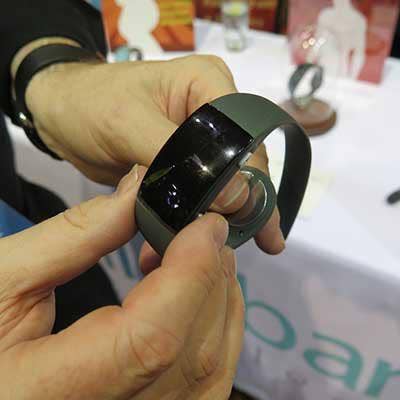
Reliefband Neurowave
Horsham, Pa.-based Relief Band Technologies launched the next generation of its wristband, the Reliefband Neurowave, at this year's CES. The Reliefband Neurowave delivers small electrical pulses that relieve a user's nausea. Improvements to the new generation of the device include the addition of more settings for getting a precise level for the pulse and a change in the design of the device so that it's smaller and sleeker. The device is expected to be available in the second quarter of 2017. Pricing hasn't been finalized but it's expected to be in the range of $150 to $160.
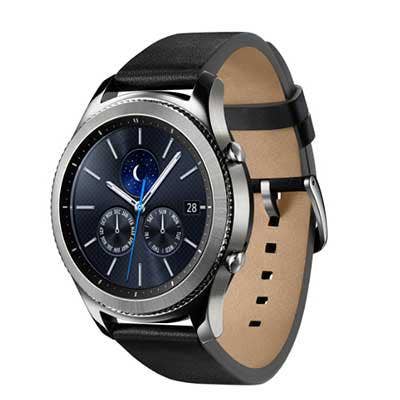
Samsung Gear S3
Samsung released its Gear S3 smartwatch November 2016. The Gear S3 includes two models – the Classic and the Frontier. These two versions have some key differences including size and weight. Samsung said both are water-resistant and can get up to four days of battery on a single charge. The Gear S3 is available starting at $349.
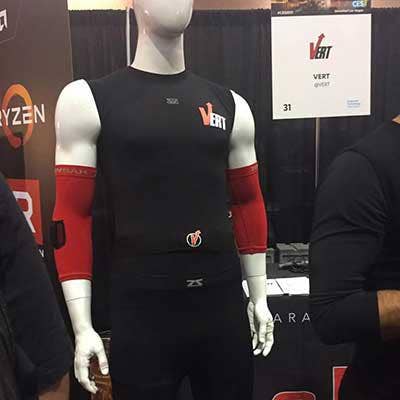
Vert Intensity Tracker
Fort Lauderdale, Fla.-based wearable athletic company Vert is taking wearables to the next level with its G-Vert product – a module that users wear around their waist. The company said its product, which was launched at CES, is the first multi-appendage monitor to track how long and hard athletes are exercising in real time.
The module can track asymmetry in the user's motion, helping to prevent injuries, as well as track exerted power and the height of jumps. G-Vert is available for $149.
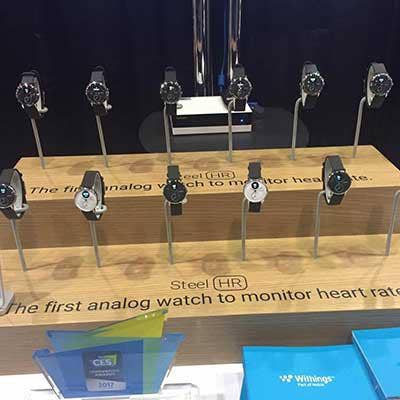
Withings Steel HR
At this year's CES, Cambridge, Mass.-based Withings introduced the Steel HR, a classic analog device that tracks activities.
Nokia-owned Withings said its new smartwatch, which comes in a black and silver casing, is designed for swimming or running -- the device is water-resistant up to 50 meters. It also functions as a sleep tracker and monitors users' restful and wakeful periods, as well as the duration of sleep and heart rate during sleep. Withings also said the Steel HR has an impressive battery life of up to 25 days. The smartwatch is available starting at $180.